Forcing yourself out on a sunny, yet frosty, day to clean the greenhouse - your fingers numb - so it's ready for the new sowing season...
... and, of course, planning & scheming and getting all ready for sowing new seeds!
That's when the first round of the seed swapping scheme happens that goes by the Twitter name of #seedypenpals; it's the brainchild of @carllegge and @ediblething and I wrote about this 2 years ago when I first joined.
Two years on, and the 4th round of swapping underway, I have had some lovely pals and received a wide range of seeds...
... and, of course, planning & scheming and getting all ready for sowing new seeds!
That's when the first round of the seed swapping scheme happens that goes by the Twitter name of #seedypenpals; it's the brainchild of @carllegge and @ediblething and I wrote about this 2 years ago when I first joined.
Two years on, and the 4th round of swapping underway, I have had some lovely pals and received a wide range of seeds...
 |
| ... from Lucy... |
 |
| ... Suzy ... |
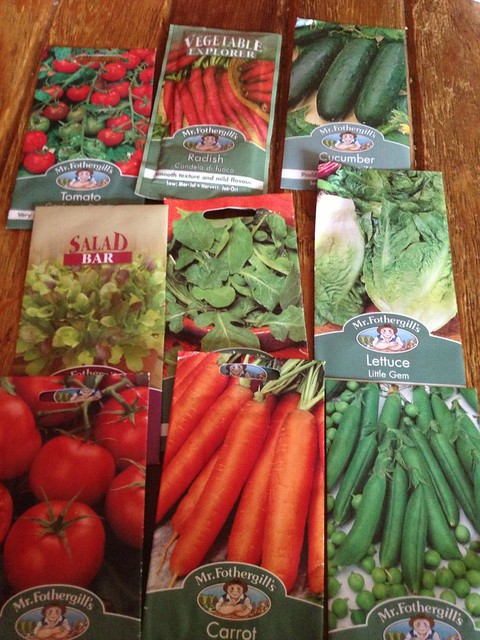 |
| ... and Linda! |
Some of those I have grown and enjoyed already,
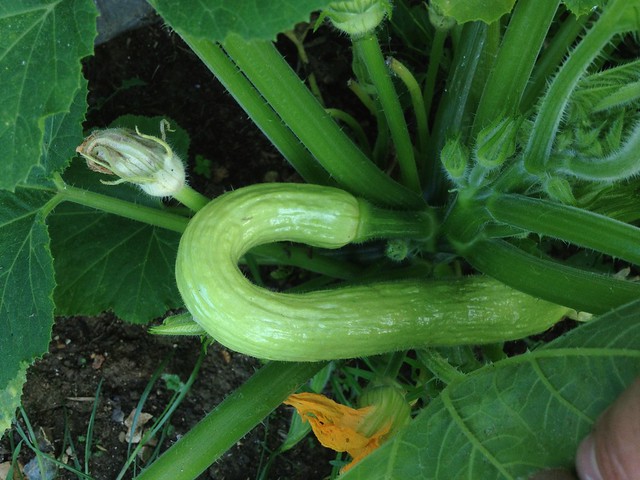
while others are on my sowing plan for this year, but what is it I liked most of the scheme?
I definitely loved best to receive home saved seeds.
It has made me reflect on the skill that saving and storing seeds is: you have to pick them at the right time, clean them (so you get rid of any possible weeds, pests, or diseased material), store them so they keep alive albeit in suspended animation (not too dry and hot: they would dessicate, not too humid: they would mould) ... and you have to know your seeds, as not all are suited to be dried and stored. Yes indeed, some seeds are recalcitrant! There's also the question of seeds coming true to type (if you are an RHS member there's a very good article in The Garden November 2013 p.68, which incidentally does its best to put you off from trying to save your own).
 |
| Prettiest of all, pond iris seed |
.JPG) |
| Acanthus seed an pod |
My revelation this year was Acanthus: it almost caused me a heart
attack when the capsule exploded at midnight, the central rib gone stiff with drying, propelling the seed on my wooden floor with a loud thud.
I also got thinking about the value of local seeds and locally adapted plants, which thrive on the local climate and you don't have to fuss over them to keep them alive. Of the fact that seeds with scattered germination and uneven growth are more resilient: they don't risk germinating all at the same time (think what would happen in case of a late frost if they were all out and at their weakest stage, the seedling!). That is also a good thing for home gardeners, who don't normally love gluts followed by hungry gaps, but obviouly prefer a reasonable distribution of produce throughout the season - exactly the opposite of commercial growers, who need all the produce to look uniform and be ready to pick at the same time... for so-called "efficiency". You may have heard there's a debate about a EU seed law touching just on that - I liked Lia Leendertz perspective on it most (on page 3 of 4).
All of that thinking has no doubt combined with concerns related to my career change and much reduced income. Seeds have become for me less of a collectors' item, purchasing which distracted me from a depressing London commuter's routine, while growing engaged me physically to relieve the mental stress from office work, and more of a precious source of relatively cheap (you still have to work to grow them!) and nutritious food for my family.
So... what have all those musings and reflections meant for me and my garden?
I had always picked as many seeds as I could lay my hands on, stuffed them into envelopes and mostly forgotten about them after the first excitement (though some I have grown on, often rather carelessly, with varied amount of success). But since #seedypenpals began, I have been much more diligent in picking, cleaning and storing seeds.
And, while I had always been shy to share them with others (as I thought they might not be viable) I have taken courage and spread some far and wide, even outside the swapping scheme, exchanging them with friends from Twitter. I have really enjoyed that. And the growing. And the eating.
If you are curious, the highlights of my extra-#seedypenpals edible swaps have been: puntarelle, red kuri squash, and some purple perilla that should be on its way!
And my first major crops from my new seed saving regime have been 10 delicious shark fin melons to cook in my soups (from seed saved last year after a Garden Organic member's experiment) and abundant achocha for my antipasti (from Heritage Seed Library seeds).
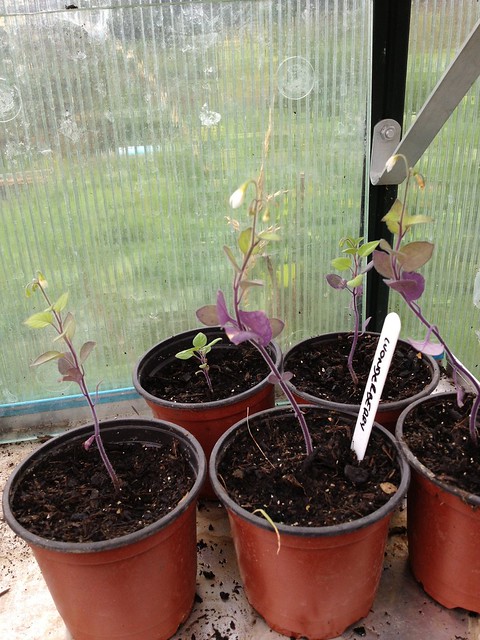



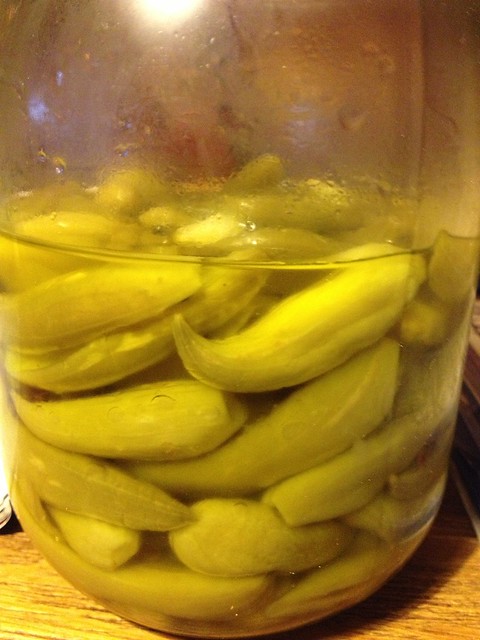



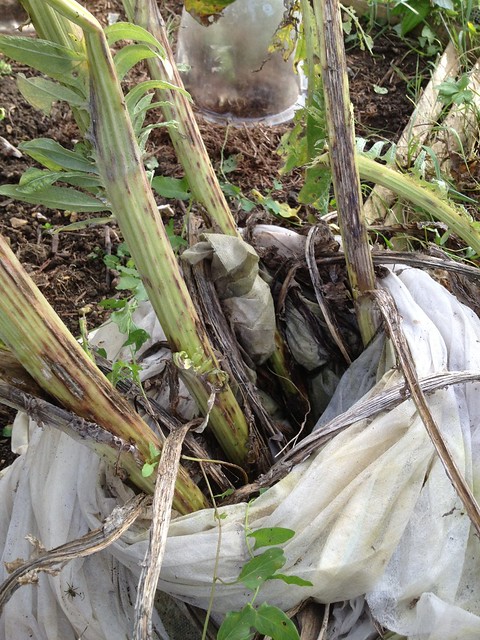
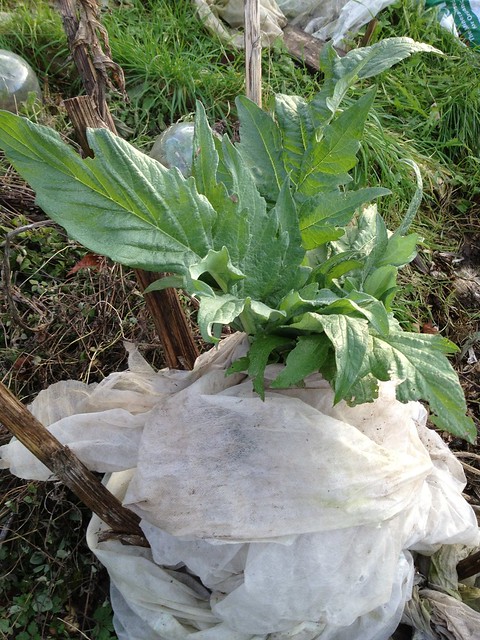
.JPG)